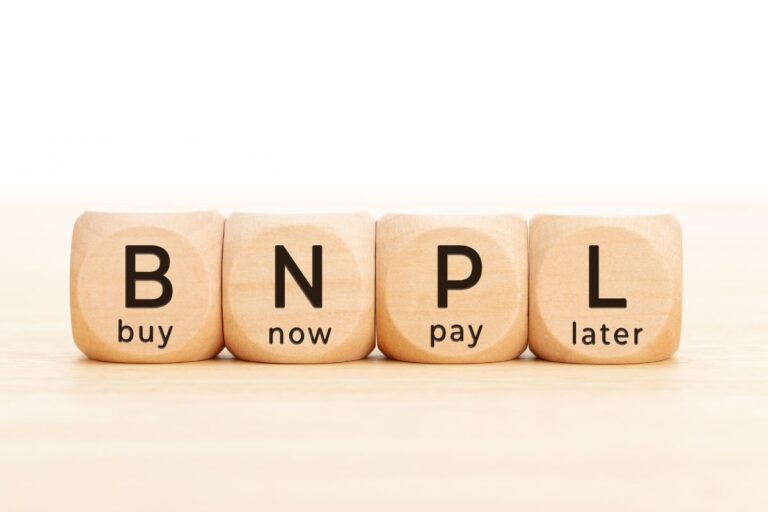In the dynamic landscape of payment processing, understanding the intricacies of fees is crucial for businesses aiming to optimize their financial operations. In this comprehensive guide, we will break down the various types of fees, offer practical tips for minimizing costs, and delve into the often-misunderstood realm of interchange fees.
1. Demystifying Payment Processing Fees
Payment processing fees can be a maze of terminology and charges. To navigate this landscape effectively, it’s essential to identify and comprehend the different types of fees involved. Here are some common ones:
- Transaction Fees: These are charges applied to each transaction processed.
- Interchange Fees: Fees paid between banks for the acceptance of card-based transactions.
- Processor Markup: The amount charged by the payment processor for their services.
- Monthly Fees: Fixed charges incurred on a monthly basis for using payment processing services.
- Chargeback Fees: Fees associated with handling and resolving chargebacks.
Understanding the breakdown of these fees is the first step in gaining control over your payment processing costs.
2. Tips for Minimizing Costs
Now that you’re familiar with the types of fees, let’s explore strategies to minimize your payment processing costs:
- Negotiate with Processors: Don’t be afraid to negotiate fees with your payment processor. Many providers are open to discussion, especially for high-volume businesses.
- Choose the Right Plan: Opt for a pricing plan that aligns with your business model. For instance, if your transactions are consistently high, a different pricing structure may be more cost-effective.
- Regularly Review Statements: Regularly review your payment processing statements to identify any unexpected or unnecessary fees. This practice can uncover areas for potential savings.
3. Understanding Interchange Fees
Interchange fees are a critical aspect of payment processing that often goes unnoticed. These fees are set by credit card companies and banks, representing a significant portion of the overall transaction cost. Key points to consider include:
- Variable Nature: Interchange fees can vary based on factors like card type, transaction method, and industry.
- Negotiation Possibilities: While businesses can’t directly negotiate interchange fees, understanding them can help in negotiating with payment processors.
- Optimizing Transactions: Structuring transactions to meet specific criteria can result in lower interchange fees.
By mastering the dynamics of interchange fees and implementing cost-cutting strategies, businesses can significantly enhance their bottom line and financial efficiency.
In conclusion, navigating payment processing fees requires a combination of knowledge, negotiation skills, and strategic planning. By breaking down different fee structures, offering practical cost-cutting tips, and shedding light on interchange fees, businesses can make informed decisions to optimize their payment processing expenses. Stay tuned for more insights on maximizing the efficiency of your payment systems and boosting your financial success.



